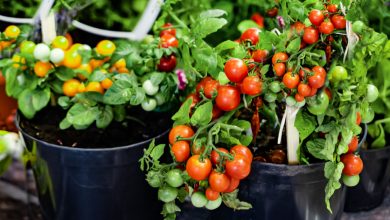Most Famous and Delicious Orange Types and Varieties
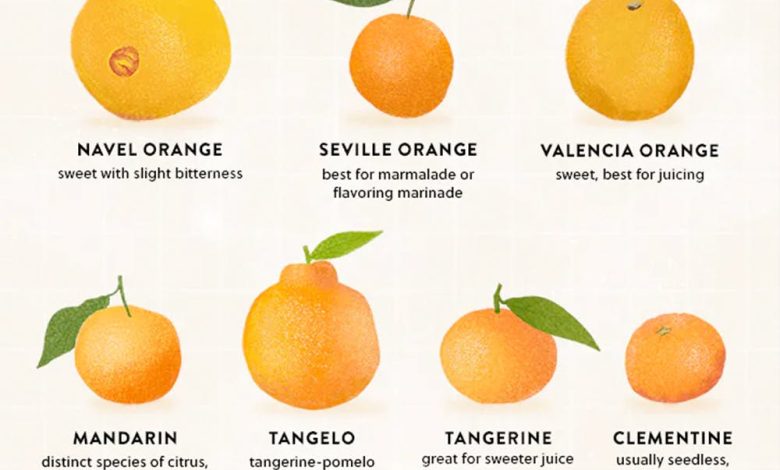
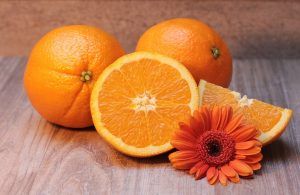 Oranges are classified into three groups: the Navel Group, which has a navel; the group of the White ones, without navel, and the group of the Sanguines of reddish coloration.
Oranges are classified into three groups: the Navel Group, which has a navel; the group of the White ones, without navel, and the group of the Sanguines of reddish coloration.
The different varieties of each of these groups are as follows:
Navel Group
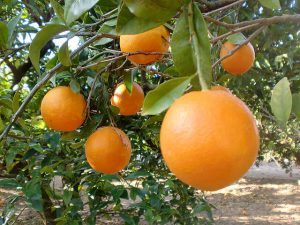 It is characterized by the navel that arises from the stylar zone, from which the name comes, because Navel in English means navel. As table fruit it is the best.
It is characterized by the navel that arises from the stylar zone, from which the name comes, because Navel in English means navel. As table fruit it is the best.
Intense orange in color, it has a sweet, very pleasant flavor and its rind is easily peeled.They are citrus fruits that are produced in Spain, Morocco, Turkey, South Africa, California, Australia, Argentina and Uruguay.
The varieties of this group are:
naveline
 Coming from California, it arrived in Spain in the 30s of the last century, but it was in the middle of the 20th century that exploitation in Spanish territory, Valencia, Murcia and Andalusia, was ceded.
Coming from California, it arrived in Spain in the 30s of the last century, but it was in the middle of the 20th century that exploitation in Spanish territory, Valencia, Murcia and Andalusia, was ceded.
Its collection is from October to January. It is not a large tree, although its dark green leaves are large.
Intense red fruit, it ripens early, it does not have seeds so it is ideal for orange juice.
Washington Navel
With abundant flowering, it is a tree that is not prone to extreme, dry and hot climates. Its fruit is round or slightly oval, juicy, sweet, pleasant. Its origin is uncertain, although it is believed that it comes from Brazil.
newhall
Mutation of the previous one, the Washington Navel. This Orange is originally from California, with characteristics similar to the Navelina, with the difference that its ripening time is a little earlier.
navigate
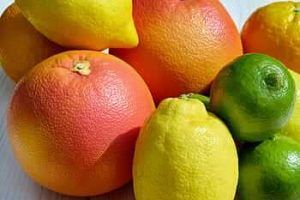 It is an orange native to Spain. It is also a mutation of the Washington Navel, but it matures later and can be kept on the tree for three months without losing quality.
It is an orange native to Spain. It is also a mutation of the Washington Navel, but it matures later and can be kept on the tree for three months without losing quality.
Its fruit is smaller, reddish yellow, with fine pulp, very pleasant flavor and good acid content. Harvesting is done in early January.
Lane Late
It is a vigorous tree with intense foliage, from Australia. It is a mutation of the Washington Navel. It is characterized by a slow ripening of its fruits, which can last until the month of May.
White group or Valencias
Its main characteristic is that of not having a bitter taste, little acidity in its fruits and the lack of a navel.The varieties of this group are:
Salustiana
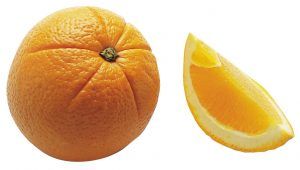 Widely cultivated in Spain, where it occupies 4,000 hectares of land dedicated to the production of oranges (6%).
Widely cultivated in Spain, where it occupies 4,000 hectares of land dedicated to the production of oranges (6%).
It arrived at the end of the 40s of the last century by spontaneous mutation of the Comuna variety.
It ripens in December in the Northern Hemisphere, but reaches its optimum point at the end of January, although it can remain on the tree until May, without losing quality. Medium to large in size, seedless.It has a high juice content, sweet and sour taste, which is the true citrus flavor.
Valencia Late
Although some consider that its origin is Portuguese, the version that seems more accurate indicates that it is actually from the Azores Islands from where it was taken to Florida at the end of the last century by the English, and from there to California, from where it was imported to Spain.
It is one of the best examples of the quality of Valencian oranges. Its maturation is late, April or May, but it can remain on the tree with good quality until the end of June, which is why the term «late» has been incorporated, which means late in English.
Blood Group
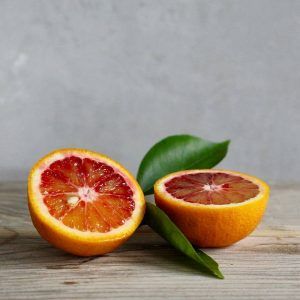 It is the least important group, because its fruits can only be produced in winter, in low night temperatures.
It is the least important group, because its fruits can only be produced in winter, in low night temperatures.
The oranges of this variety are not good for the industry because their pigments give the juice a dark color.
The blood is originally from China and in Spain its production is in recession to the point that it does not even reach 1%.
Some of its varieties are La Doblefina, Entrefina and Sanguinelli. The latter is the best known in Spain because its characteristics are similar to the oranges in the white group.

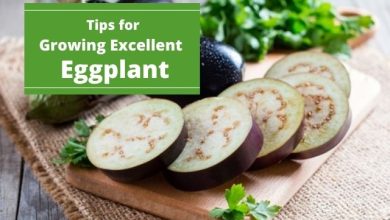
![Photo of Climate of Europe: [Characteristics, Flora, Fauna and Adaptability]](https://www.complete-gardening.com/wp-content/uploads/2022/08/climate-of-europe-characteristics-flora-fauna-and-adaptability-390x220.png)

